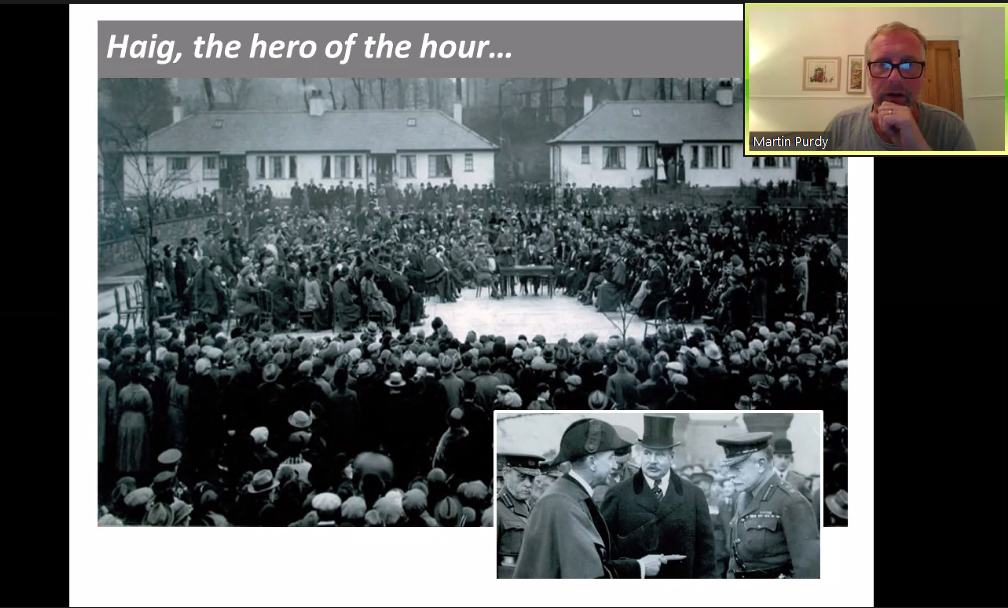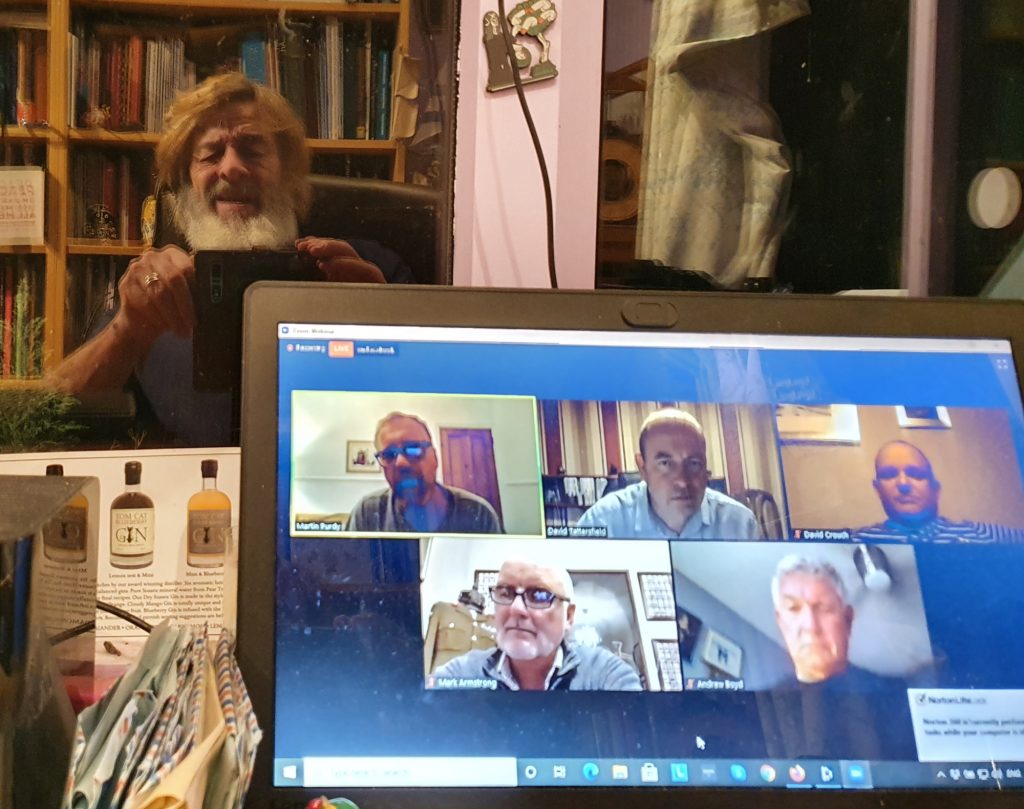Today, it came to light that Parliament bars can remain open after ten o’clock at night. This seems perfectly acceptable to them when the rest of the country’s pubs must close at 10pm. Apparently, our elected officials are exempt because, when they are working late, it’s their only hope for refreshment.
I’ve had to work late many times in the past. I’ve never had access to a canteen or a bar or anything. I’ve managed to survive. How is it possible that the government has different needs to us? Are they not human?
It’s a bit like the government during the First World War and their treatment of disabled servicemen. They expected the general population to go and fight in the hell holes but if they became disabled as a result, the government didn’t give a fuck.
I would understand if, say, Guildford had a problem with Leatherhead and the two towns got together a local army each and attacked each other in order to sort out their differences. The people combatting each other would be the people with the issue. In the meanwhilst, the people of Dorking would be spared any unnecessary bloodshed or limb removal.
But no, that’s not what happened in 1914.
The people in power decided they had a problem with each other so, being the spineless little autocrats they were, they sent millions to fight each other and to destroy entire countries, filling them with craters, ruins and death.
Shockingly, Wilhelm II, German Emperor, settled down in the Netherlands for a long life, not dying until 1941 aged 82. I bet one legged German soldiers, dying of hunger and having to beg on the streets of Berlin were well happy about his retirement.
The British disabled returning servicemen issue was brought to light this evening as I watched the latest webinar from the WFA. Presented by Dr Martin Purdy (who sings folk songs in his spare time), Prosthetics & Poverty: Picking up the pieces after the Armistice, shone a light on the inadequacies and forgotten sacrifice of so many people.

The government did little for the men who returned minus a few bits and pieces. Like the professional footballer who lost a leg or the man who was almost completely cut in half who had to somehow find a way to feed and clothe himself and his family.
It was left up to philanthropists, to help in any way they could.
People like Thomas H Mawson who didn’t stop raising money and designed housing. Mawson believed he owed the fighting men something because of their sacrifice. And his own. His son had died during his first action in Ypres.
Or people like Oswald Stoll who understood the needs of disabled soldiers and built homes for them with wider doors, elevators and step free access. The Sir Oswald Stoll Foundation continues today, helping veterans.
The government, on the other hand, did very little. The first disabled pension didn’t even cover the basic needs of the average family.
Possibly one of the worst things about the returned soldiers was that, having been promised that World War 1 was the war to end all wars, they then had to send their children off to the second one.

It was an excellent presentation, albeit depressingly familiar.
Not wanting to end this post on such a dreary note, I’ve included the latest photo of my Shirley tomatoes. They are starting to get quite red. I’m hopeful for a tasting soon.

Today, this happened
In 1973, Kathryn Leng was born in Pudsey, Yorkshire. While at primary school aged six, she told her teachers that she was going to play cricket for England. Presumably they patted her on the head and said “Of course you will, dear. Now, back to your crayons.“
Little did they know that she would become England’s leading female leg spinner and rather handy with a bat.
Her international career started in 1995 playing in a One Day match. Her highest score was 144 against New Zealand in Scarborough in the 1996 test, showing she was no slouch with the willow. Then, in 1999, she made history by being the first woman to play in the men’s Bradford League.
There was a bit of trouble in 2002 when she and team mate Sarah Collyer, went on an unauthorised holiday to Tenerife. Even though the pair hadn’t missed a training session or warm up game. They didn’t let anyone know they were going which wasn’t seen as playing for the team. For that, she was dropped from the England side. This was interesting given they were, possibly, the two best players at the time. Anyway, Kathryn was quickly recalled in 2003 for the test tour of Australia. This was her final Test series.
Her test statistics are: 12 matches, 19 innings for a total of 436 runs. She finished her test batting career with an average of 24.22 runs and a strike rate of 32.14. Her test bowling figures are 12 matches, 16 innings, 1429 balls bowled, 676 runs, 17 wickets with an average of 39.76, a strike rate of 84.6 and an economy rate of 2.84.
She played a few seasons with Hayes (Kent) Cricket Club in 2011 and 2013 but given she’s now 47, doesn’t get many professional games any more.


